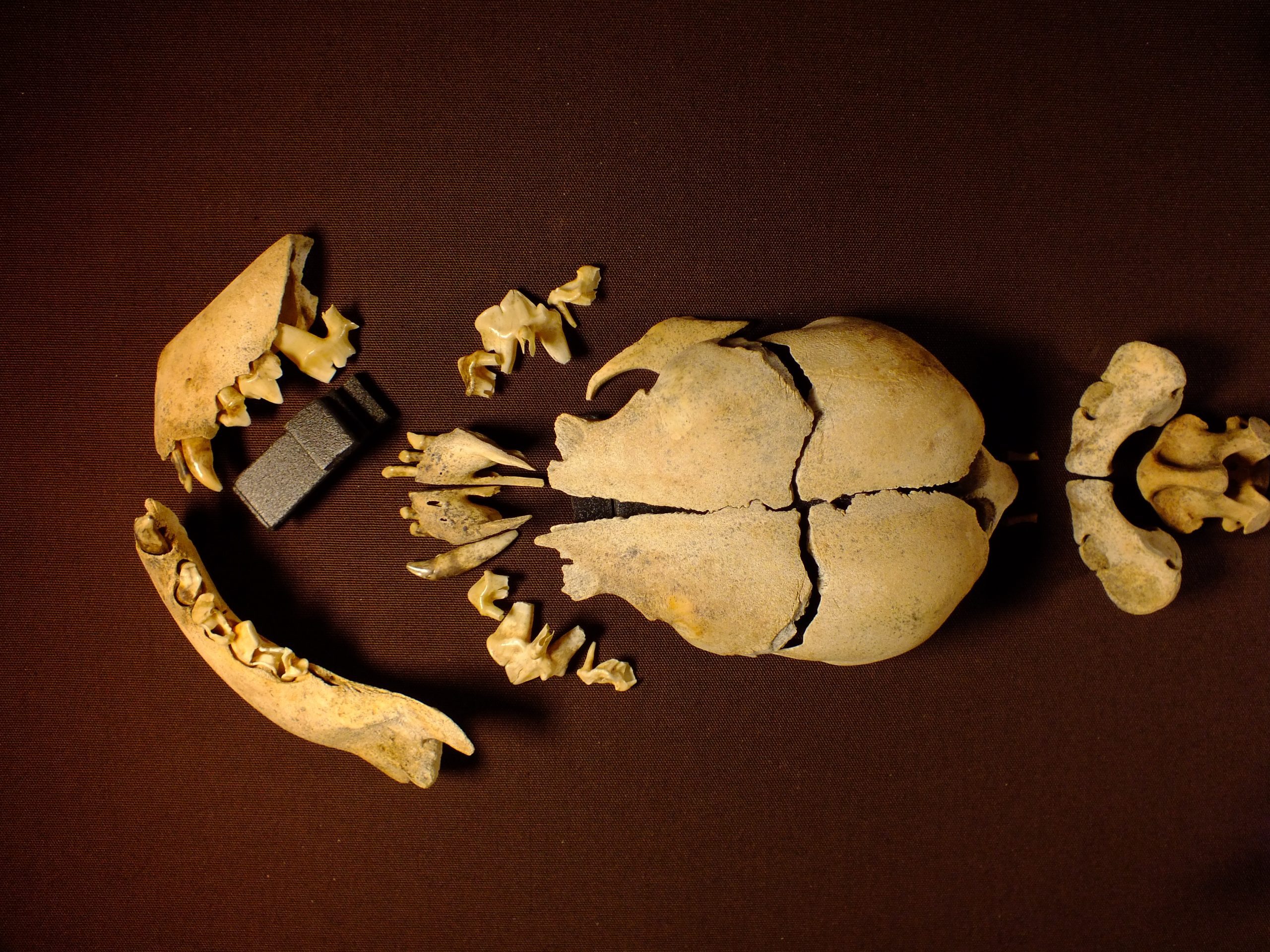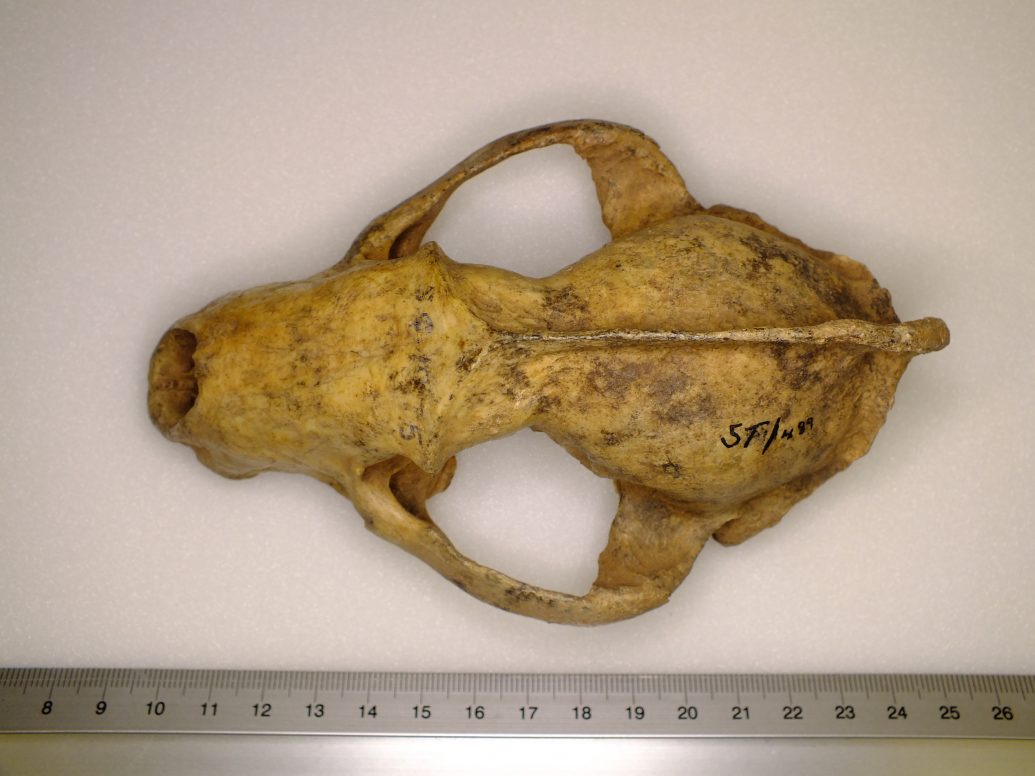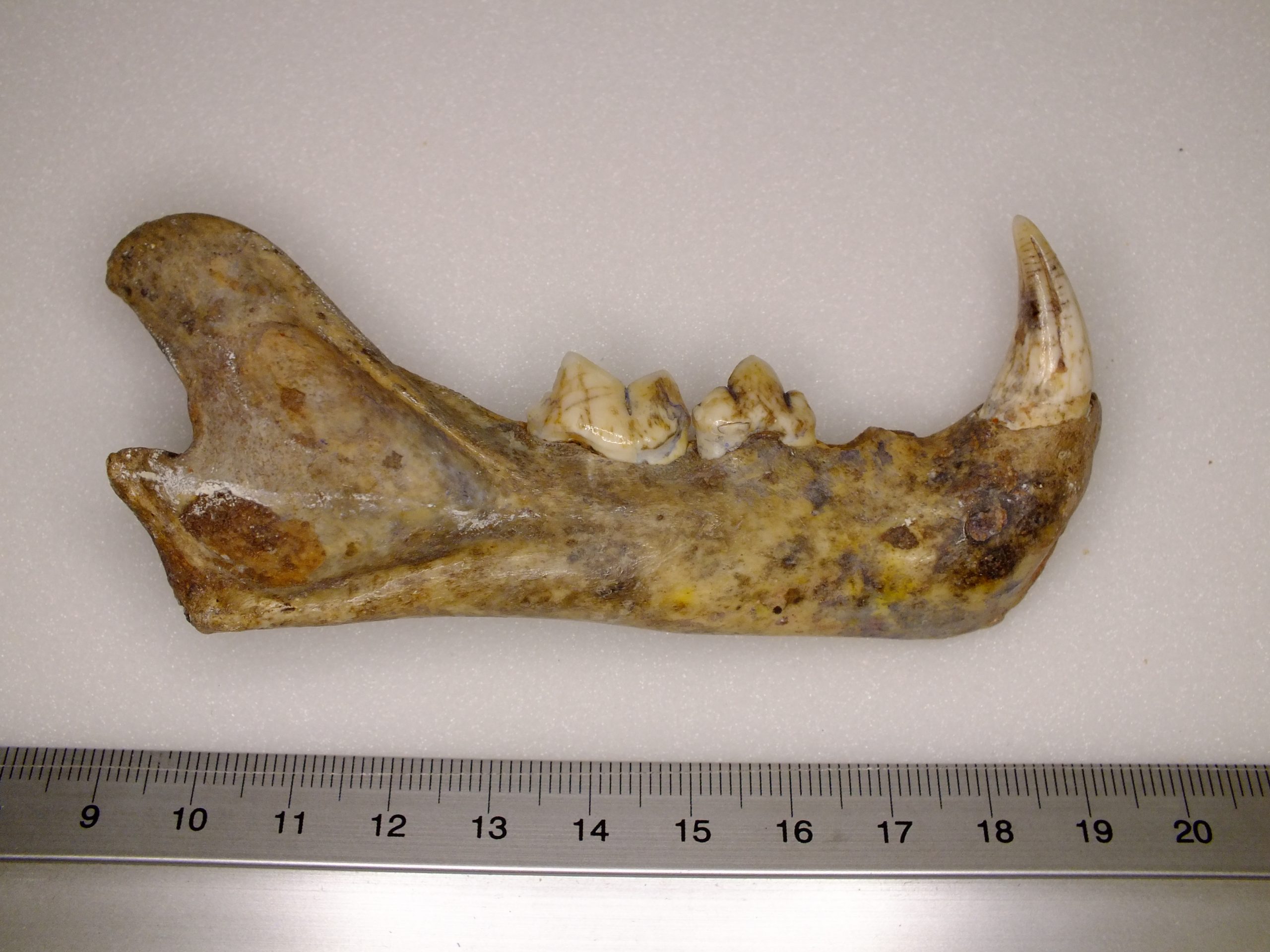Creswell Heritage Trust
Back to Grants for Conservation ProjectsGrant Scheme
Collections Care Stimulus Fund
Award Year
2021
Grant Sum Awarded
£1,190
Icon Accredited Conservator

Details
Creswell Heritage Trust used the Collections Care Stimulus grant to carry out an Osteological Conservation Review, which assessed the deterioration of objects in the collection, a collection which includes, examples of animal remains that exhibit cutmarks by Homo sapiens, and an extensive collection of faunal remains, such as evidence of hyaenas and other species. The purpose of the report was to outline appropriate environmental conditioning to support long-term preservation and collections management.
The project addressed recommendations made by an independent Collections Care Audit Report conducted by Spencer & Fry in September 2020, which indicated that the humidity and temperature levels in the Collections Store and Exhibition were the greatest threat to the collections. The potential impact of which could include mould, pest infestations, chemical changes, and the cracking of objects.

Conservation challenges
95% of the collection is in the Collection Store, with the rest displayed in the permanent exhibition. It is recommended that a collection, including bones, is controlled at between 15°C-18°C and 45-60% RH. Data from the 2020 report showed that RH fluctuates between 29% and 79% across the year, while the temperature can reach 26°C but never lower than 16°C. Without a proper assessment, deterioration would potentially continue without remedy, and environmental conditions would remain unchanged.
How was the grant used to address these challenges?
The Osteological Conservator Review assessed if the collection was, or had previously been damaged, due to the variable environmental conditions, or other previously unconsidered factors, and advised best practise for those objects. Specific attention was given to the Hoveringham tusk, which was highlighted by Spencer and Fry as in need of Osteological review, enabling the Trust to understand the specific object needs to improve preventative conservation and ongoing preservation.
The Osteological Conservation Review was carried out by Lucie Mascord, a natural history conservation specialist, over a 3-day period included a two-day visit to the site and follow up report, to suggest appropriate conditioning and measures to improve long-term preventative conservation practise. The work was overseen by the Curator Dr. Angharad Jones.

What are the outcomes of the project?
Around 70 individual specimens or boxes of specimens were assessed, with information recorded about: packaging suitability, conservation issues, and recommendations for improvement. The costs of external conservation work were provided in some cases.
The report has been used to inform our Collections Care and Conservation Plan which will be submitted as part of our Accreditation Return in 2022. The professional assessment of the impact on the collection will also be beneficial in supporting applications for funding to replace or repair the environmental control systems, which we can take forward now that we have a fundraiser in post.
In the long term, the project will allow greater access to items from our collection that are currently in store. We now have a better understanding of the needs of our collection, which will facilitate improved engagement for our visitors. In particular, some items would be interesting for display, providing they receive the remedial conservation outlined in the project. Additionally, improving preventative conservation will ensure long-term preservation of specimens, which can then be accessed by visitors through a variety of methods (digitally, on-display, and through research requests).

